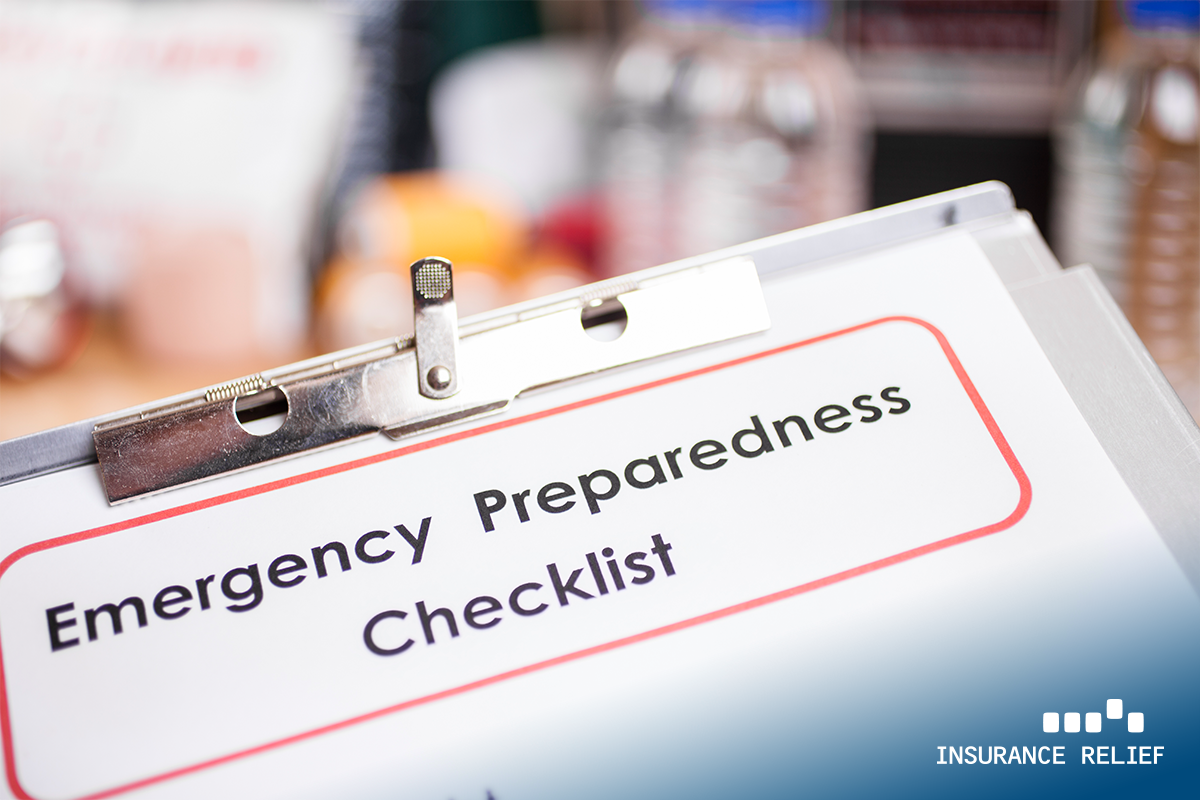Helping Clients with Natural Disaster Risk Planning

Natural disasters are becoming more frequent and more intense. For this reason, companies are reevaluating plans on how to deal with such disasters and their insurance coverage. Carriers have some advice for companies on how to be better prepared to handle these emergencies and survive them.
- Have a business continuity plan in place for emergencies.
After a natural disaster, there could be physical damage to vital systems of your business, things like the water and power supply, or damage to property. You need to have a plan in place for handling these types of emergencies. It is the key to any risk management program.You also need to think through hypothetical situations – what you will do if different events occur. For example, if an event A should happen, how will you respond, or if event B should happen, what will you do. Your plan needs to be effective for a variety of scenarios.
- Make sure your coverage is in line with your exposure to risk.
You need to make sure your property valuations are accurate in order to have the proper coverage with policy limits and deductibles. You also need to calculate what your losses would be if your business operations are disrupted. Insurance companies have developed effective tools for determining impacts on your business from disasters and can help companies make projections.Companies should also look at the language in their policies to make sure it addresses the kinds of risks you might be exposed to – are storm surges covered in flood policies, is debris removal covered, is there a time frame?
- Use technology to help determine risk levels.
For example, to get a better idea of what the roof of your building looks like, you can use satellite imagery or video provided by a drone instead of climbing up on the roof. This advanced technology can provide detailed images to help determine if the roof needs maintenance and to more accurately determine its value. - Reinforce your property.
Make upgrades where you can to help your structures better withstand natural disasters. Many of these improvements are not that costly or complicated. For example, anchors can be affixed to equipment that is mounted on a roof to prevent damage in high winds. Hail guards are another upgrade. Moving important equipment out of a basement area that can be flooded to a higher floor is another way of preparing for emergencies.Insurance companies can provide advice on where your company may be susceptible to damages and what steps to take.
- Know what you will do right after the event takes place.
This is not the same as a business continuity plan which is put in place to address long-term actions and needs. This is more of an emergency response plan for what you need to do immediately after the event to get things moving again.The plan would include having agreements in place with local contractors and suppliers so that your property will get priority over many others looking for similar repair help after a natural disaster.
An emergency response plan should also include a communication component – how will managers contact employees, who will supervise recovery efforts at specific locations and delegating work?
Insurance Relief – The Insurance Industry’s Leading Recruitment Agency
Insurance Relief is one of the most respected staffing agencies focusing on the insurance industry. We take a personalized approach toward each person we recruit, matching people with the right job, and treating everyone with respect and fairness. Our efforts have earned us a Best in Staffing award. If your company is looking for the best in insurance professionals, contact Insurance Relief today!



